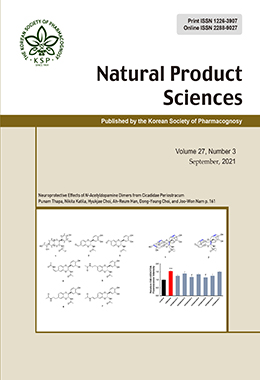We have previously reported that Acer tegmentosum extract, which is traditionally used in Korea to reduce alcohol-related liver injury, suppresses liver inflammation caused by excessive alcohol consumption and might improve metabolism. The active ingredient, 6-O-galloylsalidroside (GAL), was isolated from A. tegmentosum, and we hypothesized that GAL could provide desirable pharmacological benefits by ameliorating physiological conditions caused by alcohol abuse. Therefore, this study focused on whether GAL could ameliorate alcoholic fat accumulation and repair liver injury in mice. During chronic alcohol consumption plus binge feeding in mice, GAL was administered orally once per day for 11 days. Intrahepatic lipid accumulation was measured in vivo using a noninvasive method, 1H magnetic resonance imaging, and confirmed by staining with hematoxylin and eosin and Oil Red O. The serum levels of alanine aminotransferase (ALT) and aspartate aminotransferase (AST) were measured using a Konelab system, and the triglyceride content was measured in liver homogenates using an enzymatic peroxide assay. The results suggested that GAL alleviated alcohol-induced steatosis,e as indicated by decreased hepatic and serum triglyceride levels in ethanol-fed mice. GAL treatment also correlated with a decrease in the Cd36 mRNA expression, thus potentially inhibiting the development of alcoholic steatosis via the hepatic de novo lipogenesis pathway. Furthermore, treatment with GAL inhibited the expression of cytochrome P450 2E1 and attenuated hepatocellular damage, as reflected by a reduction in ALT and AST levels. These findings suggest that GAL extracted from A. tegmentosum has the potential to serve as a bioactive agent for the treatment of alcoholic fatty liver and liver damage.


